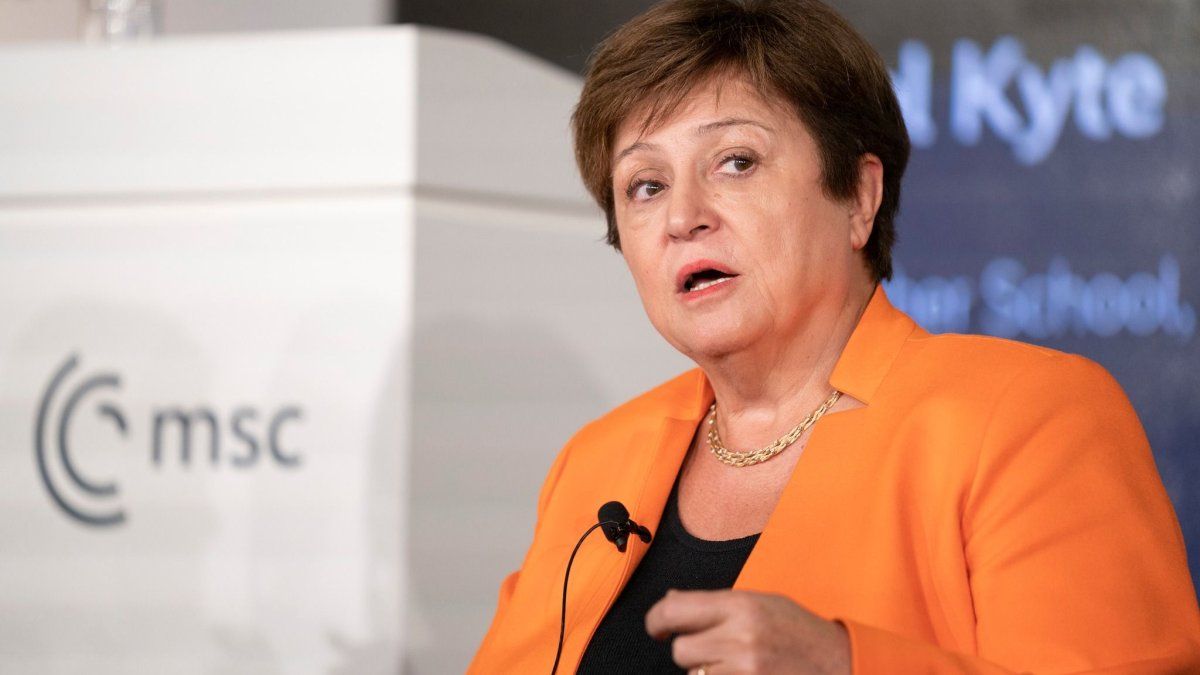The gilt in ukwhere the Bank of England warned of a possible recession, they had their best performance since 2011.
central banks they are just beginning to tighten monetary policy and inflation is still high, so there are reasons for caution.
But here are four key changes that suggest a turning point for the world’s biggest debt markets.
1.- WITHOUT CONVICTION
Benchmark 10-year bond yields they have failed to stay above critical levels: 3% in Treasury debt, 2% in British gilts and 1% in German bonds.
“The fact that we didn’t hold on to that was taken as a sign that … there wasn’t as much conviction behind the high returns,” said ING Senior Rates Strategist Antoine Bouvet.
Investors are hedging underweight positions in US bonds sensitive to rate fluctuations, at levels last seen in early 2021, BofA said in a survey of investors on Friday.
2.- PEAK INFLATION?
Markets’ inflation expectations have fallen particularly sharply since the Federal Reserve raised rates on May 4.
Inflation breakevens, which measure the difference between nominal and inflation-adjusted yields, fell further after data this week suggested US inflation may be peaking.
The 10-year US breakeven rate is 2.7%, down from 3% in April. It has fallen 20 basis points (bps) this week alone, the biggest weekly decline since April 2020.
The euro zone’s five-year breakeven inflation swap, tracked by the European Central Bank, fell to a nearly two-month low of around 2.16%.
Those declines have been driven by high “real” inflation-adjusted yields. 10-year real Treasury yields have risen 25 bps in the last two weeks, Germany’s equivalents have advanced 43 bps.
Treasury inflation-linked notes (TIPS), a key hedge against future inflation, have seen outflows over the past three weeksaccording to BofA, citing EPFR data.
If the markets are right, “central banks’ inflation problems are less serious than what the market considered weeks or months ago”said Arne Petimezas, senior analyst at AFS Group.
3.- LOWEST TERMINAL RATE
With falling inflation expectations, markets they have reduced bets on the “terminal rate”, where the cycle of hikes ends. That is a sign that investors they believe that fewer increases may be needed to contain inflation.
In the US, money markets imply rates will rise to around 3% in mid-2023, compared to around 3.5% at the beginning of May. In the euro zone, where economists have warned that interest rate hikes have been excessive, the ECB’s benchmark rate is forecast at around 1.2% in 2024, up from 1.5% last Friday.
4.- SHELTER
Finally, the great performance of bonds this week came with a 4% drop in global stocks, what placed the public debt again as a refuge.
The inverse correlation had been absent recently when stock and bond prices fell together in the face of accelerating inflation.
In the US, it is the first week since early March that 10-year bonds and the S&P 500 will end in opposite directions.
Source: Ambito
David William is a talented author who has made a name for himself in the world of writing. He is a professional author who writes on a wide range of topics, from general interest to opinion news. David is currently working as a writer at 24 hours worlds where he brings his unique perspective and in-depth research to his articles, making them both informative and engaging.




